In today’s digital age, the importance of physical printing might seem diminished, but the reality is quite the opposite. The role of ink cartridges in the printing process remains paramount. These small containers, filled with ink, are responsible for bringing digital images and texts to life on paper.
However, with the vast array of options available in the market, choosing the right ink cartridge can be a daunting task. This guide aims to simplify this process, shedding light on the intricacies of ink cartridges, and helping you navigate the maze of choices.
Types of Ink Cartridges
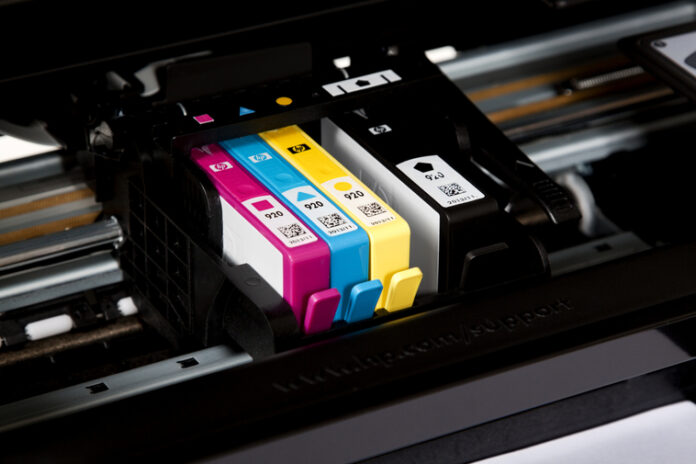
When diving into the world of ink cartridges, you’ll primarily encounter two categories: Original Equipment Manufacturer (OEM) cartridges and third-party compatible ones.
OEM Cartridges are the brainchild of the printer’s original manufacturer. They are crafted with precision, ensuring a perfect fit and function for the specific printer model.
Pros:
Seamless compatibility with the printer.
Consistent, high-quality prints.
Assurance of warranty and support.
Cons:
Pricier than alternatives.
Limited to specific printer brands.
Third-party Compatible Cartridges are the result of innovations by companies other than the original printer manufacturer. These kinds are designed meticulously to be compatible with a variety of printer models, offering a more affordable solution.
Pros:
Budget-friendly without compromising on quality.
A plethora of brands and options to choose from.
Cons:
Quality can vary significantly between brands.
Potential compatibility challenges.
OEM Cartridges: Exploring the Originals
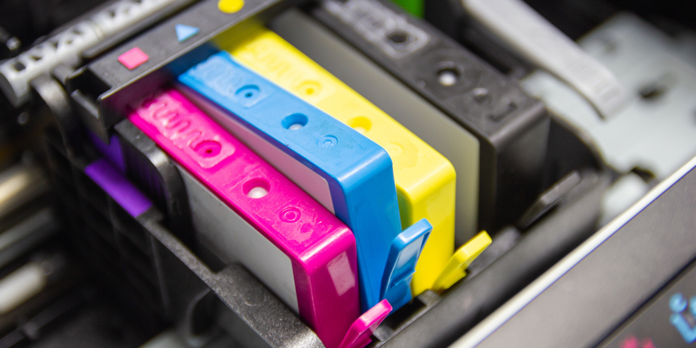
OEM cartridges stand as the epitome of quality in the printing realm. Produced directly by the printer’s manufacturer, these devices promise optimal compatibility and performance. They are engineered to work in harmony with the printer, ensuring each print is of the highest caliber. The primary allure of using OEM cartridges lies in the unmatched quality assurance they offer. This often translates into prints that are sharper, clearer, and more vibrant. Moreover, the added benefit of a warranty provides users with an extra layer of confidence.
Compatible Cartridges: The Third-Party Alternative
Venturing into the world of third-party compatible cartridges unveils a realm of affordability and variety. These ones, while not produced by the original printer manufacturer, are crafted to be compatible with specific printer models. Their rise in popularity can be attributed to their cost-effectiveness. They often come at a fraction of the cost of OEM cartridges, making them an attractive option for budget-conscious consumers. Moreover, the vast array of brands in the market ensures that users have a plethora of choices, catering to diverse printing needs.
Comparing Quality and Performance
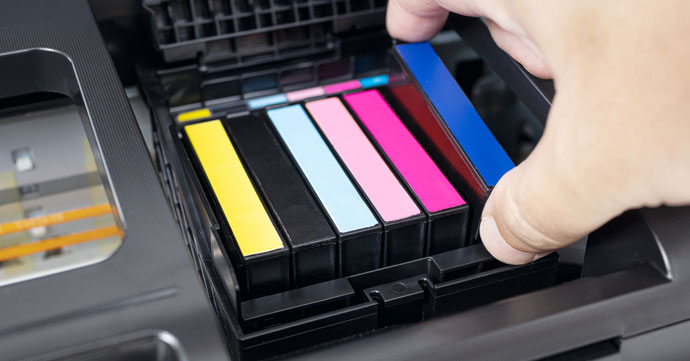
The debate between OEM and third-party cartridges often boils down to quality. While OEM types have long been associated with unparalleled quality, the advancements in third-party cartridge production have significantly bridged this gap. Many reputable third-party brands now offer cartridges that rival, if not surpass, the quality of OEMs. However, due diligence is essential. Factors such as print quality, color accuracy, and cartridge longevity can vary widely between brands, making research crucial.
Compatibility: Navigating the Maze
The realm of ink cartridges is vast, encompassing a myriad of brands, models, and types. Ensuring compatibility is paramount in this expansive landscape. Using those that aren’t tailored for a specific printer can lead to subpar print quality, potential damage to the printer’s internal mechanisms, or even voiding the printer’s warranty, which can be a costly mistake. It’s essential to arm oneself with comprehensive knowledge. Always refer to the printer’s manual, consult the manufacturer’s website, or even seek expert advice to determine the right cartridge type. Taking this precautionary step is crucial in ensuring a seamless, hassle-free printing experience.
Understanding Cartridge Codes
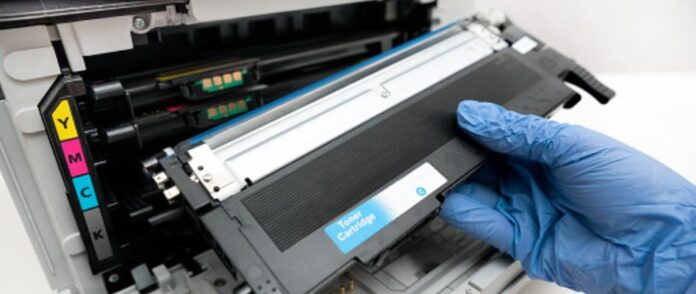
Every ink cartridge is adorned with a unique alphanumeric code, serving as a key to its identity and purpose. This code, often overlooked by many, is a treasure trove of vital information for the discerning user. It provides insights into the cartridge’s design, manufacturing details, and most importantly, its compatibility with specific printer models. By understanding and decoding this essential piece of information, users can make informed, confident purchases. This knowledge empowers them to sidestep potential compatibility pitfalls, ensuring a smooth, uninterrupted printing journey.
Refilling and Remanufactured Cartridges
The world of ink cartridges extends beyond just the realm of brand-new purchases. There’s a growing market for refilled and remanufactured cartridges, presenting an eco-friendly and cost-effective alternative for environmentally-conscious users. Refilled ones breathe new life into previously used cartridges by replenishing them with fresh, high-quality ink. In contrast, remanufactured types undergo a more rigorous, detailed process. They are meticulously disassembled, thoroughly cleaned, repaired if necessary, refilled with premium ink, and then rigorously tested to ensure optimal performance and longevity, providing users with a reliable printing solution.
To ensure you’re getting the right ink for your printer, it’s advisable to consult your printer’s manual or manufacturer’s recommendations. For a reliable source of printer ink, including both standard and specialized varieties, you can trust Sell Toner.
Pros:
A sustainable choice, reducing environmental impact.
Significant cost savings.
Cons:
Quality can be inconsistent.
Potential to void printer warranty.
Factors Affecting Cartridge Lifespan
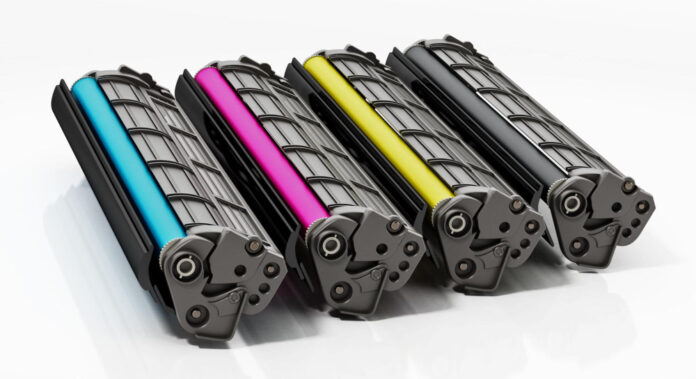
An ink cartridge’s lifespan isn’t set in stone. Various external and internal factors can influence its longevity. Proper storage conditions, such as optimal temperature and humidity levels, play a crucial role in preserving the ink’s quality. Additionally, the frequency of printing, the intricacy of prints (detailed color prints vs. simple black and white documents), and even the printer’s maintenance can impact cartridge longevity.
Environmental Impact
The environmental footprint of ink cartridges is a growing concern. Improper disposal can lead to cartridges languishing in landfills for years. However, the silver lining is the rise of recycling programs. Many companies now offer initiatives that allow users to return used cartridges, ensuring they are recycled or repurposed, mitigating their environmental impact.
Tips for Prolonging Cartridge Life
Maximizing the lifespan of an ink cartridge isn’t rocket science. Simple, practical steps can significantly extend its life:
- Store cartridges in a cool, dry place, away from direct sunlight.
- Engage in regular printing to prevent ink from drying or clogging the nozzles.
- Opt for draft mode for preliminary prints, conserving ink.
- Regularly update the printer’s firmware and conduct routine maintenance.
Conclusion
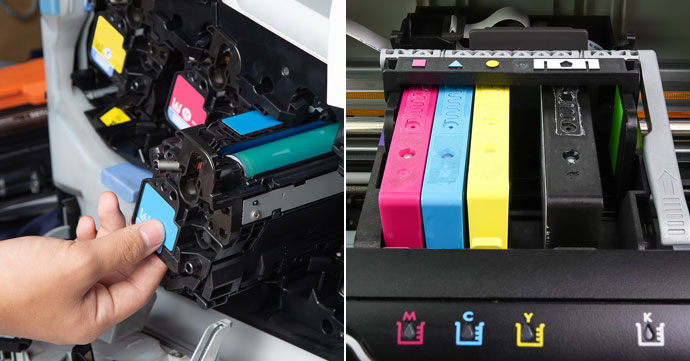
Ink cartridges, while seemingly simple, are a complex and crucial component of the printing process. Their role in determining print quality, clarity, and vibrancy cannot be understated. By understanding the nuances of different cartridge types, their compatibility, and the factors affecting their quality, users can make informed decisions. This guide serves as a comprehensive resource, ensuring every print is a masterpiece. Whether you’re inclined towards OEM or third-party cartridges, the key lies in making choices that align with your printing needs and budget.









